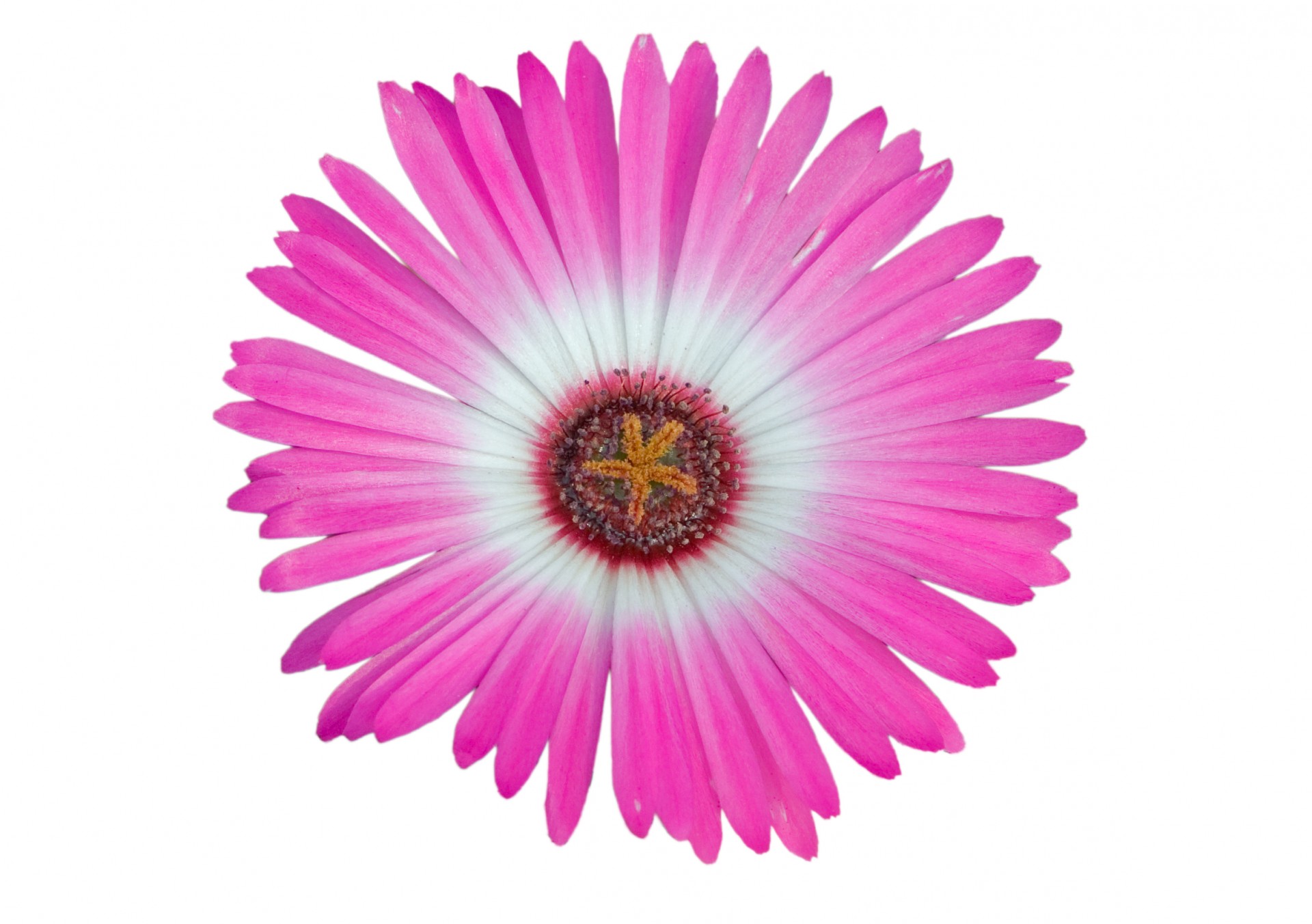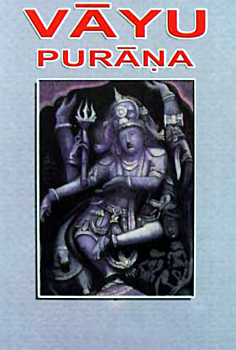 Vayu Purana
Vayu Purana
Kannada translation
- Kannada translation of Vayu Purana with original Sanskrit Shlokas, published in 1947, in 6 volumes. This Purana was digitized through Sriranga Digital Technologies by Shri Yogananda, Professor of Mathematics, at Shri Jayachamarajendra College of Engineering, Mysore.
English translation
- English translation by GV Tagare, published by Motilal Banarsidass in 1960 in two parts:
Introduction and Summary
 The Vayu Purana (Sanskrit: वायु पुराण, Vāyu Purāṇa) is a Sanskrit text and one of the 18 major Puranas. It belongs to the Shaivism literature corpus. Vayu Purana is mentioned in the manuscripts of the Mahabharata and other Sanskrit texts, which has led scholars to propose that the text is among the oldest in the Puranic genre. However, the identity of this text, particularly from the Shiva Purana or Vayavya Purana, has long been a source of confusion since the 19th-century. Later scholarship has established that Vayu and Shiva Puranas are two different texts, but regionally only one of them was considered as a Maha-Purana. Vayu and Vayavya Puranas do share a very large overlap in their structure and contents, possibly because they once were the same, but with continuous revisions over the centuries, the original text became two different texts, and the Vayavya text came also to be known as the Brahmanda Purana.
The Vayu Purana (Sanskrit: वायु पुराण, Vāyu Purāṇa) is a Sanskrit text and one of the 18 major Puranas. It belongs to the Shaivism literature corpus. Vayu Purana is mentioned in the manuscripts of the Mahabharata and other Sanskrit texts, which has led scholars to propose that the text is among the oldest in the Puranic genre. However, the identity of this text, particularly from the Shiva Purana or Vayavya Purana, has long been a source of confusion since the 19th-century. Later scholarship has established that Vayu and Shiva Puranas are two different texts, but regionally only one of them was considered as a Maha-Purana. Vayu and Vayavya Puranas do share a very large overlap in their structure and contents, possibly because they once were the same, but with continuous revisions over the centuries, the original text became two different texts, and the Vayavya text came also to be known as the Brahmanda Purana.
The Vayu Purana, according to the tradition and verses in other Puranas, contains 24,000 verses (Shlokas). However, the surviving manuscripts have about 12,000 verses. The text was continuously revised over the centuries, and its extant manuscripts are very different. Some manuscripts have four Padas (parts) with 112 Chapters, and some two Khandas with 111 Chapters. Comparisons of the diverse manuscripts suggest that the following sections were slipped, in later centuries, into the more ancient Vayu Purana: Chapters on geographic and temples-related Mahatmya (travel guides), two Chapters on castes and individual Ashramas, three Chapters on Dharma and penances, eleven Chapters on purity and Sanskara (rite of passage) and a Chapter on hell in after-life.
The text is notable for the numerous references to it, in medieval era Indian literature, likely links to inscriptions such as those found on the Mathura pillar and dated to 380 CE, as well as being a source for carvings and reliefs such as those at the Elephanta Caves – a UNESCO world heritage site.
The Vayu Purana is mentioned in Chapter 3.191 of the Mahabharata, and Section 1.7 of the Harivamsa, suggesting that the text existed in the first half of the 1st-millennium CE. The 7th-century Sanskrit prose writer Banabhatta refers to this work in his Kadambari and Harshacharita. In Chapter 3 of the Harshacharita, Banabhatta remarks that the Vayu Purana was read out to him in his native village. Alberuni (973 -1048), the Persian scholar who visited and lived in northwest Indian subcontinent for many years in early 11th century, quoted from the version of Vayu Purana that existed during his visit.
The various mentions of the Vayu Purana in other texts have led scholars to recognize it as one of the oldest. The early 20th-century scholar Dikshitar, known for his dating proposals that push many texts as very ancient and well into 1st millennium BCE, stated that the Vayu Purana started to take shape around 350 BCE. Later scholarship has proposed that the earliest version of the text is likely from the 300 to 500 CE period, and broadly agreed that it is among the oldest Puranas.
The text, like all Puranas, has likely gone through revisions, additions and interpolations over its history. Rajendra Hazra, as well as other scholars, for example, consider Gaya-Mahatmya, which is an embedded travel guide to Gaya, as a later addition. The Gaya-Mahatmya replaced older sections of the Vayu Purana, sometime before the 15th-century. Vayu Purana, like all Puranas, has a complicated chronology. Dimmitt and van Buitenen state that each of the Puranas is encyclopedic in style, and it is difficult to ascertain when, where, why and by whom these were written:
"As they exist today, the Puranas are a stratified literature. Each titled work consists of material that has grown by numerous accretions in successive historical eras. Thus no Purana has a single date of composition. (...) It is as if they were libraries to which new volumes have been continuously added, not necessarily at the end of the shelf, but randomly."
— Cornelia Dimmitt and J.A.B. van Buitenen, Classical Hindu Mythology: A Reader in the Sanskrit Puranas
The identity of Vayu Purana and Shiva Purana has long been a source of confusion. One of the reasons for confusion has been differing lists of Maha-Puranas (major Puranas), where some lists do not include Vayu Purana and others do not include Shiva Purana in their list of 18 major Puranas. This problem was historically recorded by the 11th-century Persian scholar, Al Biruni, who wrote that he has learnt of two lists, each starting with Brahma Purana, in different order, but one list contains Shiva as number 4 and has no Vayu Purana, while another contains Vayu as number 7 but does not include Shiva Purana. The British colonial era Indologists initially accepted the claim in Chapter 5.3.1 of the Skanda Purana that the Shiva and Vayu Puranas are the same text, an assertion that seemed to make the different lists consistent. However, later scholarship established that these are two different major texts, and if both these are accepted, then the Puranic genre has 19, not 18, major Puranas. Further, scholars now accept that the list of major Puranas in surviving manuscripts of other texts is inconsistent, with some listing just 16, other 17 major Puranas, even though many claim there are 18 Maha-Puranas.
The Asiatic Society, Calcutta published this text in two volumes in 1880 and 1888, as a part of their Bibliotheca Indica series. It was edited by Rajendralal Mitra. The Venkateshvara Press, Bombay edition was published in 1895. It was followed by the publication of another edition by the Anandashrama (Anandashrama Sanskrit Series 49), Poona. In 1910, the Vangavasi Press, Calcutta published an edition along with a Bengali translation by Panchanan Tarkaratna, the editor of the text.
In the Anandashrama and Vangavasi editions, this text is divided into four Padas (parts): Prakriya-Pada (Chapters 1–6), Anushanga-Pada (Chapters 7–64), Upodghata-Pada (Chapters 65–99) and Upasamhara-Pada (Chapters 100–112). The Gaya-Mahatmya (Chapters 105–112 in these editions), praising the Gaya Tirtha in Magadha is not found in all the manuscripts of this work and also found separately as an independent work.
In the Asiatic Society and Venkateshvara Press editions, this text is divided into two parts: Prathama-Kanda comprising 61 Chapters and Dvitiya-Kanda comprising 50 Chapters. The Chapters 1-6 of Prathama-Kanda are titled Prakriya-Pada and no title is provided for the Chapters 7-61. The Chapters 1-42 of Dvitiya-Kanda are titled Anushanga-Pada and the Chapters 43-50 are the Gaya-Mahatmya.
The Vayu Purana discusses its theories of cosmology, genealogy of gods and kings of solar and lunar dynasties, mythology, geography, Manvantaras, the solar system and the movements of the celestial bodies. In addition to these, the text has Chapters which were inserted in the later centuries into the older version of the Vayu Purana, such as Chapters 16-17 which discuss duties of the Varna (caste or class) and duties of a person during various Ashrama (stages such as Brahmacharya, Grihastha, Vanaprastha and Sannyasa), Chapter 18 which discusses penances for Sannyasi (monks, yati), Chapters 57-59 on Dharma, Chapters 73 to 83 on Sanskaras (rites of passage), and Chapter 101 on the theory of hell in after-life.
The text shares a large number of verses with the Brahmanda Purana, and the two texts originated most likely from the same core text. The comparison of the two texts and specifics within the texts suggests, states Hazra, that the split into two texts could not have happened before 400 CE. The Chapters which were slipped into the Vayu Purana are missing in many versions of Vayu and in Brahmananda manuscripts. Chapter 18 on penances for those in monastic life, was likely inserted before the 14th-century. The travel guide to Gaya, Bihar was likely inserted before the 15th-century, because the Gaya-mahatmya was referenced many times by the 15th-century Vacaspati Misra (not to be confused with 9th-century Advaita scholar of the same name).
The text also contains Chapters on music, various Shakhas of the Vedas, Pashupata-Yoga, and geographic Mahatmya (travel guides) particularly about Gaya in Bihar. The Vayu Purana also features other topics such as those dealing with construction of mountain top Hindu temples.